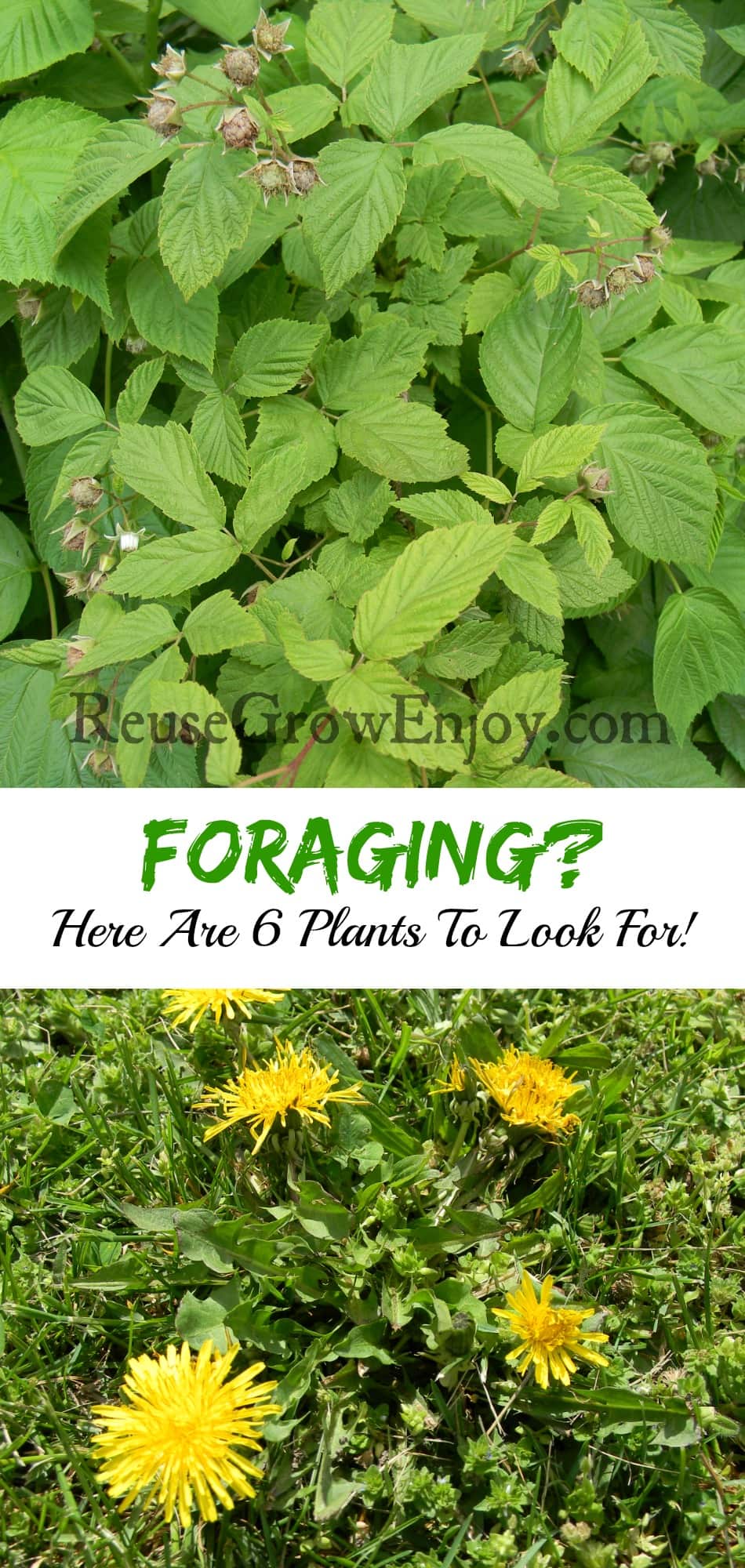
Foraging? Here Are 6 Plants To Look For
If you new to foraging, you’ll want to stick with easy to identify plants. There are many wild plants that are not only safe to eat, but there also delicious!
A few things to keep in mind when foraging:
Avoid plants growing near roads, they may have been sprayed with chemicals or herbicide not to mention the fumes from car passing by.
Be sure to wear closed shoes, long sleeves, and long pants, which will help to protect you from ticks, stings and bites. Gloves may also helpful. Keep it in mind that wearing light colored clothing makes it easier for you to see any crawlies that want to catch a free ride, and perhaps do a little foraging of their own.
Make Noise! People aren’t the only ones who forage. Remember you may be sharing your bounty with other critters; from snakes to bears depending on where you are. Most won’t mind sharing as long as you make your presence known.
The 6 plants listed below are easy and safe for beginners and totally eatable from blossom to root, but as with anything some people can have allergies so start out carefully.
1. ) BLACKBERRY:
My personal all time favorite! There are lots of different berries growing wild, some eatable and some not. Blackberries, however, are unmistakable. While most people think only of eating the berries, the leaves, and even roots should not be overlooked and have many other surprising uses.
2. ) CLOVER:
A member of the pea family. Often used in salads or soups, but it can be cooked and eaten like spinach. The young flowers a perfect for dressing up salads, while dried flowers are good for making teas. The roots are edible when cooked. Dried leaves may have a slight vanilla aroma.
3. ) CHICORY:
One of the most known uses chicory is as a coffee extender or a substitute. Chicory does not have the bitter taste of dandelion. Chicory may cause you some problems if you are allergic or sensitive to ragweed, chrysanthemums, marigolds, and daisies .
4. ) DANDELIONS:
Mix dandelion greens with other spring greens for a nutritious salad. Roots can be cooked up and eaten like carrots. And let’s not forget Dandelion wine. You may also want to check out the Dandelion uses I posted about.
5. ) WATERCRESS:
Grows in shallow streams and along the edges of the water. Watercress is LOADED with vitamins, minerals, calcium and iron.
It’s a great addition to salads and sandwiches. I love it with cucumbers, melon balls, mint and feta cheese.
6. ) WILD ONIONS:
If it SMELLS like an onion and LOOKS like an onion it’s an onion! And you can eat it. BUT if it looks like an onion but doesn’t smell like an onion leave it alone. The same thing goes for wild garlic-If it SMELLS like garlic and LOOKS like garlic it’s garlic. Another member of this family that taste wonderful are RAMPS/wild leeks. However, they are a little harder to find and have wide leaves. Ramps are very common in Appalachia.
If you are growing your own food, be sure to check out my post on Plants That You Can Plant One Time And Eat From Forever!


Leave a Reply